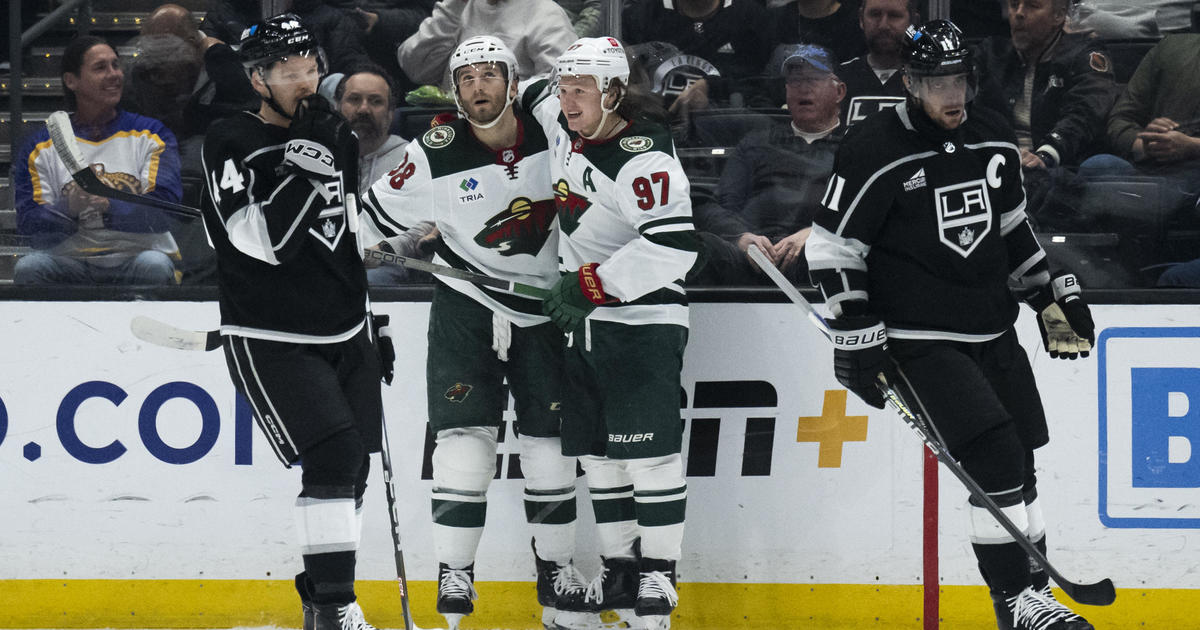Soccer 101: Understanding the 'World's Game'
With the world's eyes fixed on World Cup matches, we thought we'd take a minute to put together a handy guide to what we Americans call soccer. If you're unsure why players are given colorful cards or why on earth the time on the game clock goes up instead of down, we've got your answers.
POSITIONS:
- Goalkeeper – Only one goalie is allowed per 11 players that are on the field. The goalie is the only one that could use his hands, unless he receives an intentional pass from this teammates. The goalie is only limited to grabbing the ball with his hands if it's in the Penalty Box area. In the World Cup, teams have two backups. The keeper also has duties in kicking the Goal Kick – out of bounds from the opponent at the end of the field.
- Defenders - Also known as full backs, teams have from three defenders up to five. They are the players who help the goalie most. For the most part, they don't move up the field unless there is a counter attack.
- Midfielders – These players run the most. USA's Michael Bradley ran close to eight miles per game. Midfielders are all over the field. Best conditioned players. Coaches have 3-5 midfielders in their formation.
- Forwards – Most strikers are placed in the position for their finishing skills. Most of the strikers are the big money makers in the club. Highly skilled, but not as conditioned as the midfielders and defenders. Lionel Messi is probably the best striker in the World.
FOULS:
- Normal Infraction – When any player with or without the ball get fouled by an opponent. It is the least punishable infraction. After a common foul, the ball will be placed where the infraction was committed, unless it is in the penalty box. Any type of foul committed in the penalty box, will be awarded a penalty kick.
- Yellow Card – Yellow card is a hard foul. Two yellow cards during the same game will result in a red card – immediate expulsion for the rest of the game. In the World Cup, yellow cards are carried over from game-to-game. If a player gets two yellow cards in two games, you will be suspended for the current game and following. After serving the suspension, cards are reset.
- Red Card – An aggressive foul, primarily an opponent slide tackling from behind. In the World Cup, any red card results to expulsion for the remainder of the game and the following game.
SET PIECES:
- Free Kick – Free kick is awarded to the team who got fouled. The game is stopped and opponents have to be outside 10 feet of the ball. Referees spray foam onto the field to mark the ball's position. They also spray a line along the 'wall.' During an indirect free kick, which is for less severe infractions, another player must hit the ball before it goes in the goal.
- Corner Kick – A corner pick is awarded to the attacking team if the ball was last hit by the defense at their end-side of the field. The referee will place the ball on the corner which the side favored.
- Goal Kick – If the attacking team kicks the ball out of bounds at the end of the field, the ball is placed at the goal line.
- Penalty Kick – PK will be awarded to the attacking team if they are fouled in the 'penalty area.' It is possible, however, to have an indirect foul in the penalty area. In the 2014 World Cup, there have been so many controversial penalty kick calls. FIFA SHOULD consider replay on fouls committed in the box. So many flops in Brazil 2014.
- Throw-Ins – When a team causes the ball to go out on the sides of the field, the opponents will be awarded a throw-in. The thrower is allowed to use their hands and must use both hands to throw it back onto the field.
OFFSIDES:
Offsides happen when the striker is behind the last defender when the ball is passed to the striker. The striker has to be at least parallel with the defender in order to be legal. The goalie does not count as the last defender. Offsides could also happen if the ball is deflected by any defender or the goalie.
CLOCK:
A full game lasts 90 minutes. The clock goes forward, unlike most sports. They have the clock move forward, rather than a countdown because there is no set time. It is up to the referee when the game is over. Depending on the time that was killed during the game, the referee will make up the time by adding 'stoppage time.' On average, 3-4 minutes are added after the 90 minutes.
EXTRA TIME:
For the World Cup, an extra 30 minutes are added after playing the 90 minutes of regulation. It is broken down to two 15-minute extra times. No sudden death in the WC. If the game is still tied at the end of extra time, it will go to penalty kicks. Five players of each team will kick for the PK's. If it is still tied after the five players have gone, PK's go to sudden death.



